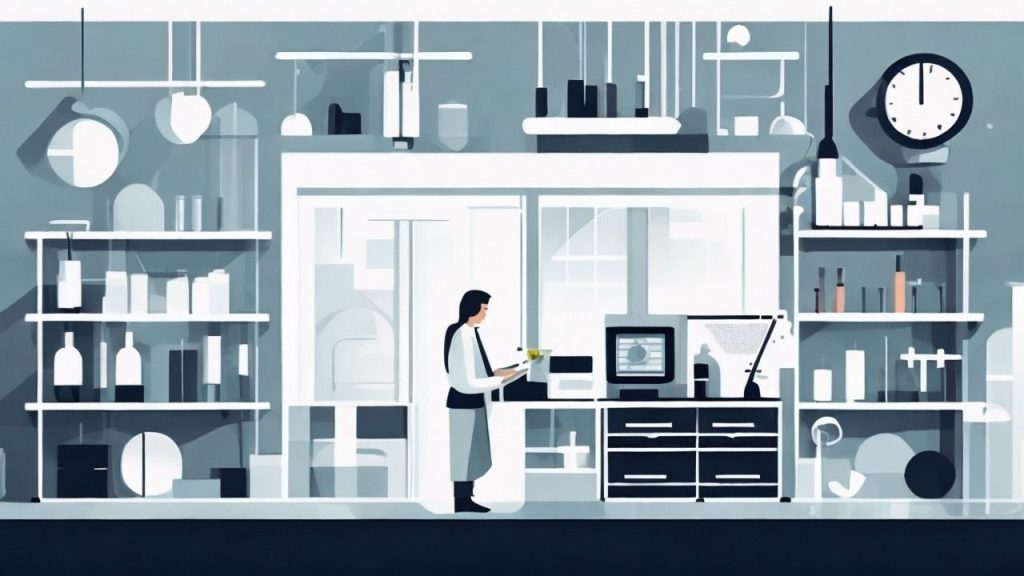Drugs and cancer
Drugs and cancer are intricately linked, with prolonged use of certain substances, such as tobacco and alcohol, posing a substantial risk for the development of multiple cancer types.Like other chemical substances, a small number of drugs may also be carcinogenic. Due to their therapeutic characteristics, sometimes large doses are needed, and they are often used for extended periods. However, they are still used to treat diseases such as cancer when the potential benefit of their therapeutic effect exceeds the possible risk of cancer development.

A few types of drugs have been proven to be carcinogenic to humans, while others have been shown to cause cancer in animals or have experimental evidence of inducing mutations, raising suspicions of being carcinogenic. Establishing a thorough identification of drugs and monitoring their main effects is an effective measure to detect the risk of drug-induced cancer. In clinical practice, if drugs with carcinogenic properties are used, it is crucial to strictly control their indications and conduct appropriate follow-up observations.
What is the relationship between pesticide residues and cancer?

Pesticide residues refer to the pesticides remaining in or on food after application, including the pesticide itself, metabolites, degradation products, and toxic impurities. The toxic effects caused by humans consuming food with pesticide residues are called pesticide residue toxicity. In China, the main pesticide species that cause pesticide residue poisoning are organophosphorus pesticides and carbamate pesticides, such as omethoate, methomyl, malathion, methamidophos, monocrotophos, fenobucarb, carbaryl, and thiocarbamate.
These pesticides can block the transmission of neurotransmitters, causing muscle paralysis and poisoning. If farmers violate pesticide use regulations, abuse highly toxic and severely toxic pesticides prohibited by the government for vegetables and fruits, or violate safety interval regulations, applying pesticides near the harvest period, pesticide residues will be caused in vegetables and fruits. Some pesticides have potential carcinogenicity, and pesticide pollution of soil may also be related to cancer incidence in the population. For example, hexachlorocyclohexane may increase the incidence of colon cancer and lung cancer, and DDT and other organochlorine pesticides can cause cancer in experimental mice. Because organochlorine pesticides have strong accumulation properties, they pose a potential carcinogenic risk to humans.

The Chinese pesticide residue limit standards were established in the late 1980s and early 1990s, stipulating that highly toxic and toxic pesticides such as methamidophos, parathion, phorate, fenthion, and malathion must not be used for vegetables and fruits, and should not be detected in them. In July 2002, Beijing issued the “Vegetable Safety and Health Requirements,” prohibiting the use of 41 pesticides including temephos, omethoate, strychnine, and others on vegetables.
The standards set maximum residue limits for 20 pesticides, with malathion not detectable, hexachlorocyclohexane not exceeding 0.2 mg per kg of vegetables, and DDT not exceeding 0.1 mg, among others. In 2000, the health department sampled 235 vegetable samples from 10 provinces and cities, and the Beijing Center for Disease Control and Prevention tested 329 vegetable samples in the first half of 2001, finding that a small amount of pesticides prohibited by the state remained on the surfaces of some vegetables.
Consumers can wash off water-soluble pesticides adhering to the surfaces of vegetables and fruits by running water, or clean them with detergent for pesticides with poor water solubility. Additionally, peeling can remove pesticide residues from the surfaces of some vegetables and fruits. However, for internally absorbed pesticides, such as organophosphorus pesticides, which can penetrate into the roots, stems, and leaves of vegetables, there is currently no simple method for consumers to remove them. This requires the government to strengthen monitoring and implement comprehensive management. Many local governments have established on-site testing mechanisms in the market, teaching farmers scientific knowledge of pesticide use.
In the United States, the regulation of pesticide residues in food is primarily overseen by the Environmental Protection Agency (EPA). The EPA sets Maximum Residue Limits (MRLs) for pesticides on food crops to ensure that residues do not exceed levels that might pose a health risk to consumers. These limits are established based on scientific risk assessments that consider the toxicity of the pesticide, the amount of food consumed, and the level of exposure.
The Food and Drug Administration (FDA) and the United States Department of Agriculture (USDA) are responsible for enforcing these MRLs. They conduct routine sampling and testing of food products to ensure compliance with EPA standards. If a food item is found to have pesticide residues above the MRL, it may be removed from the market.
Additionally, the FDA has guidelines for the tolerance of unavoidable pesticide residues in organic foods, which are generally lower than those for conventional foods. This reflects the stricter standards applied to organic production methods.
Overall, the U.S. regulatory framework aims to balance the use of pesticides for agricultural productivity with the need to protect public health and the environment.

